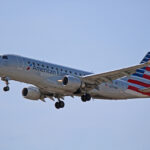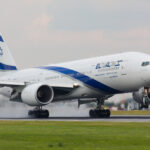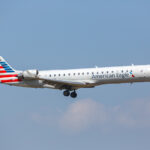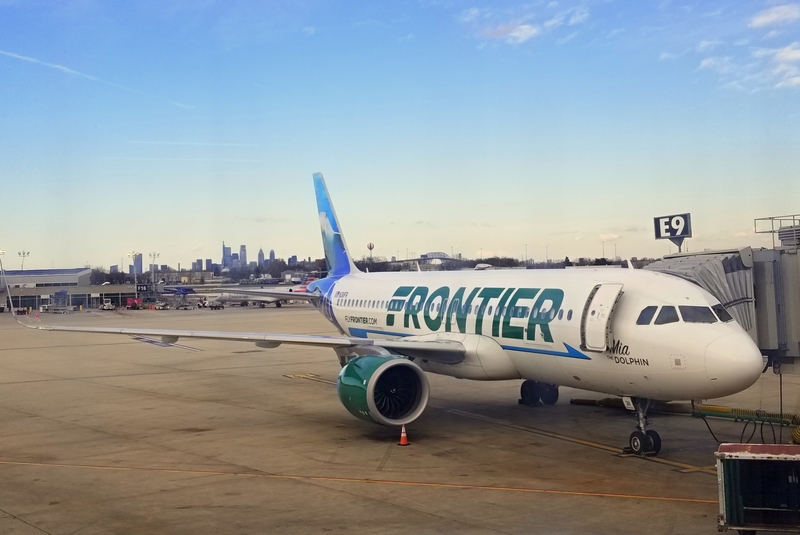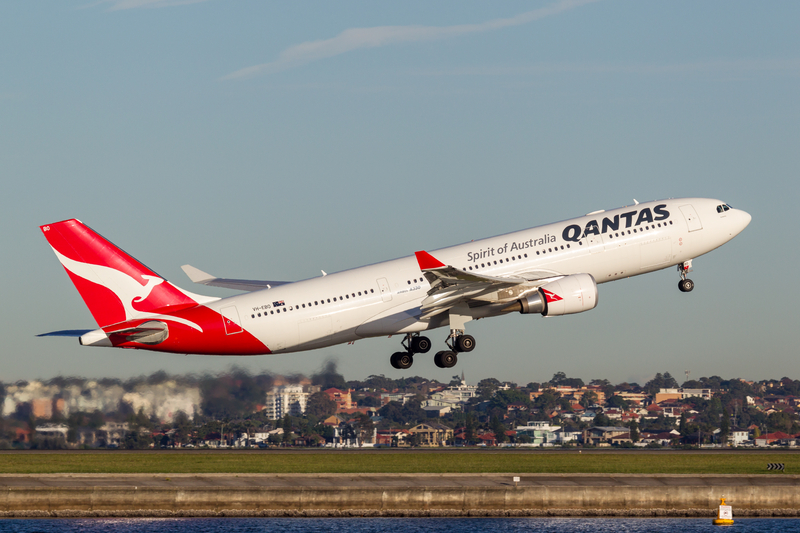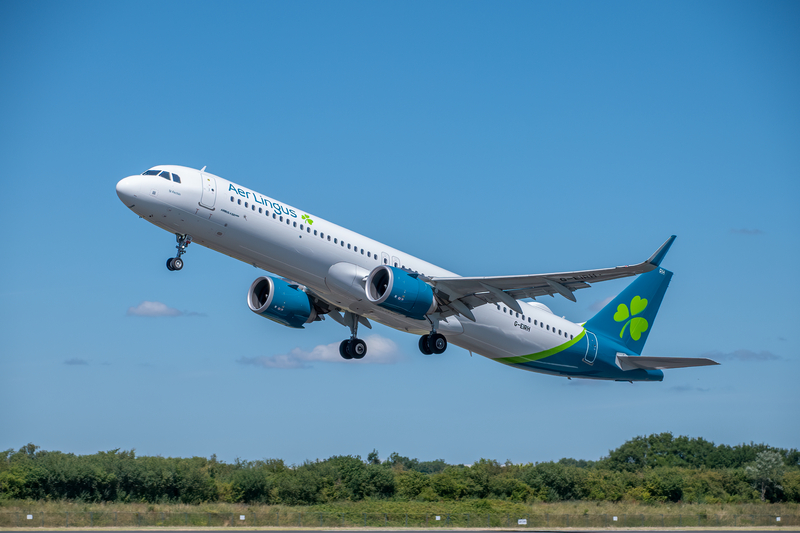American Eagle E175 Diverts After Cockpit Comms Failure; Crew Hears Banging On Door
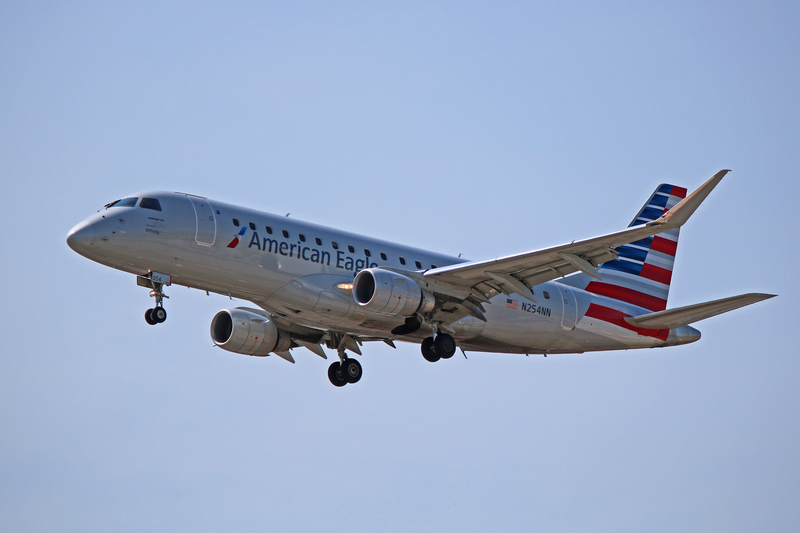
ID 137842314 | Air © Tom Samworth | Dreamstime.com
An American Eagle flight operated by SkyWest diverted back to Omaha Eppley Airfield (OMA) on Monday night after the cockpit and cabin lost interphone/PA communication shortly after departure. The incident involved AA6469 to Los Angeles (LAX) on an Embraer E175 (N510SY). With no way to speak to the flight attendants and hearing banging on the locked cockpit door after passing 10,000 ft, the pilots treated the situation conservatively and returned to Omaha (OMA) about 18 minutes after takeoff.
What Happened, Step-By-Step
-
Flight: AA6469 Omaha (OMA) → Los Angeles (LAX)
-
Aircraft: Embraer E175, 76-seat regional jet powered by GE CF34-8E engines
-
Timeline: Departed around 6:40 p.m. local; diversion initiated after climb through 10,000 ft when the interphone/PA was found inoperative
-
Trigger: Pilots heard knocking on the cockpit door but could not verify identity due to the comms failure
-
Return: Landed back at Omaha (OMA) just before 7:00 p.m.; taxied to a remote stand where airport fire and police met the aircraft
-
Outcome: Authorities determined no security issue—the cabin crew had been trying to alert the cockpit about the failed PA/interphone
After troubleshooting on the ground, the same airframe (N510SY) later completed the mission, departing OMA around 11:18 p.m. and arriving LAX about 12:17 a.m. local—roughly four hours behind schedule.
Why The Diversion Was The Right Call
With no cockpit–cabin comms, crews can’t coordinate checklists, medical or security concerns, or passenger management. Add unidentified knocking on a reinforced cockpit door, and the safest option is to stabilize, return, and sort it out on the ground. That’s exactly what happened.
For context, airline doors are hardened and procedures are deliberately conservative when unexpected contact occurs. A diverted flight and a ramp of emergency vehicles may look dramatic—but it’s standard risk management until the situation is understood.
AvGeek Notes: E175 Systems & Ops
-
The E175 has separate public-address and interphone paths; a failure can isolate the cockpit from the cabin even if radios to ATC remain normal.
-
Loss of PA/comms doesn’t affect pressurization or fly-by-wire controls; it’s primarily an operational and safety-communication problem.
-
Post-event, maintenance typically inspects audio control panels, cabin handsets, and wiring/connectors before returning the jet to service.
Passenger Experience & Rebooking
Most customers were moved with the same tail after maintenance cleared the issue. In similar cases, airlines generally allow rebooking or refunds if a diversion or lengthy delay disrupts onward connections, especially on an evening departure like OMA–LAX.
Bottom Line
A communications failure between cockpit and cabin on American Eagle AA6469 triggered a precautionary return to Omaha (OMA) after crews heard banging on the cockpit door they couldn’t verify. Emergency responders met the aircraft; no threat was found, and the Embraer E175 later continued to Los Angeles (LAX). Conservative decisions like this are by design—they protect passengers and crew when information is limited.
